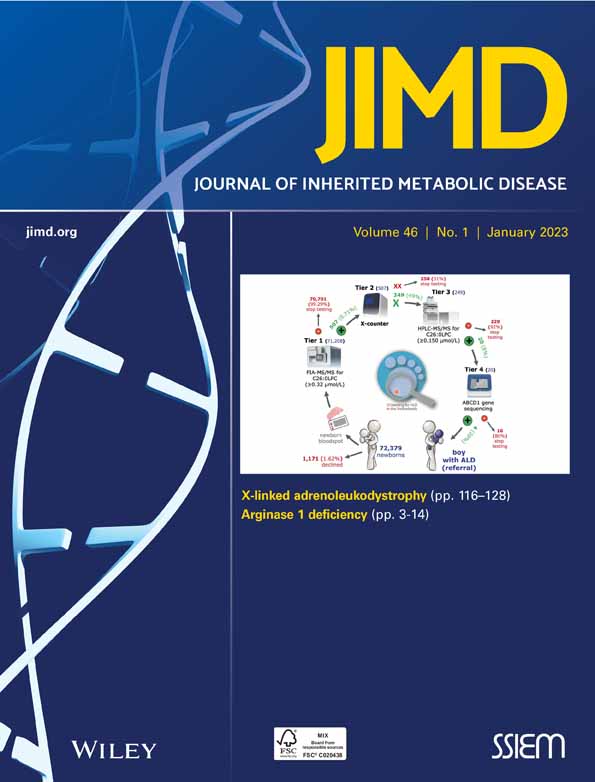Excretion of excess nitrogen and increased survival by loss of SLC6A19 in a mouse model of ornithine transcarbamylase deficiency
Abstract
Protein catabolism ultimately yields toxic ammonia, which must be converted to urea by the liver for renal excretion. In extrahepatic tissues, ammonia is temporarily converted primarily to glutamine for subsequent hepatic extraction. Urea cycle disorders (UCDs) are inborn errors of metabolism causing impaired ureagenesis, leading to neurotoxic accumulation of ammonia and brain glutamine. Treatment includes dietary protein restriction and oral “ammonia scavengers.” These scavengers chemically combine with glutamine and glycine to yield excretable products, creating an alternate pathway of waste nitrogen disposal. The amino acid transporter SLC6A19 is responsible for >95% of absorption and reabsorption of free neutral amino acids in the small intestine and kidney, respectively. Genetic SLC6A19 deficiency causes massive neutral aminoaciduria but is typically benign. We hypothesized that inhibiting SLC6A19 would open a novel and effective alternate pathway of waste nitrogen disposal. To test this, we crossed SLC6A19 knockout (KO) mice with spfash mice, a model of ornithine transcarbamylase (OTC) deficiency. Loss of SLC6A19 in spfash mice normalized plasma ammonia and brain glutamine and increased median survival in response to a high protein diet from 7 to 97 days. While induced excretion of amino acid nitrogen is likely the primary therapeutic mechanism, reduced intestinal absorption of dietary free amino acids, and decreased muscle protein turnover due to loss of SLC6A19 may also play a role. In summary, the results suggest that SLC6A19 inhibition represents a promising approach to treating UCDs and related aminoacidopathies.
CONFLICT OF INTEREST
Malgorzata Przybylska is employed by Sanofi and may hold shares and/or stock options in the company. Sarah Geller is employed by Sanofi and may hold shares and/or stock options in the company. Alla Kloss is employed by Sanofi and may hold shares and/or stock options in the company. Nelson Yew is employed by Sanofi and may hold shares and/or stock options in the company. Adam Belanger is a former employee of Sanofi and may hold shares and/or stock options in the company. Estelle Gefteas is a former employee of Sanofi and may hold shares and/or stock options in the company. Gulbenk Anarat-Cappillino is a former employee of Sanofi and may hold shares and/or stock options in the company.
Open Research
DATA AVAILABILITY STATEMENT
The data that support the findings of this study are available from the corresponding author upon reasonable request.




